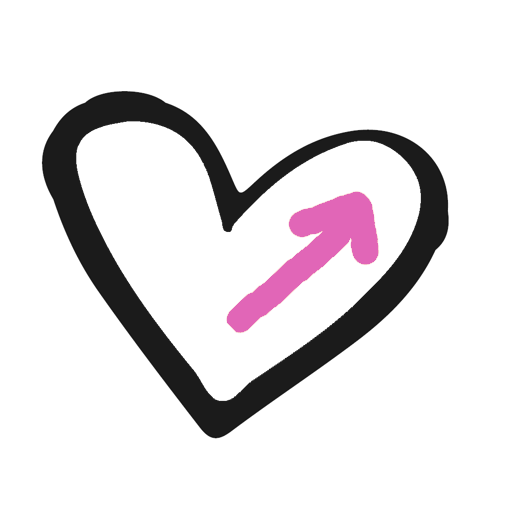Close to 15 years ago, I became friends with a teacher in South Burlington, Vermont. She was a master at differentiation and I met her first through a webinar and then in person. She graciously allowed me to bring a group of teachers from Montreal to spend the day in her classroom. It was a great day that I still use as a spring board when talking about classroom visits as professional development. We have kept in touch ever since and I considered her as a sister-teacher.
But earlier this week, she broke ties with me on Facebook, which is how we have been keeping in touch for the past almost decade. She posted a meme equating rap music with hate and violence. I questioned it and was first made fun of for questioning it and then told she wouldn’t be answering any more questions about it. And then, rather than talking about it, she unfriended me.
I hope I hit a nerve.
But this situation hasn’t been sitting well with me. This is a teacher I admired because of her openness and care for the children she teaches and her colleagues.
How many of us seem to be wonderful teachers yet hold racist beliefs?
How many children are silently (and not so silently) determined to be a certain way because of wonderful teachers who hold these beliefs?
(Imagine the numbers, over an average 25 – 30 year career teaching groups of 25-30 kids a year. Or 2 groups, or 4)
We need to check ourselves every day. As teachers, we model belief and values through our behaviour whether we want to or not. And I think we need to check ourselves more than others because we have littles (and bigs) in front of us who just soak that up as truth.
How do we check ourselves?
Environment: We can start by checking what we have in our class libraries and on our walls. Who is represented in our rooms?
Culture: We can start by making sure racist tropes don’t end up in our yearbooks.
Self: We can start by asking ourselves these questions every single day after (or during) our work with our kids: Who am I paying more attention to in my groups? Am I seeing everyone in my classroom (or online) with potential and what am I doing to make sure I do?
And that is just where we start.

Leave a Reply